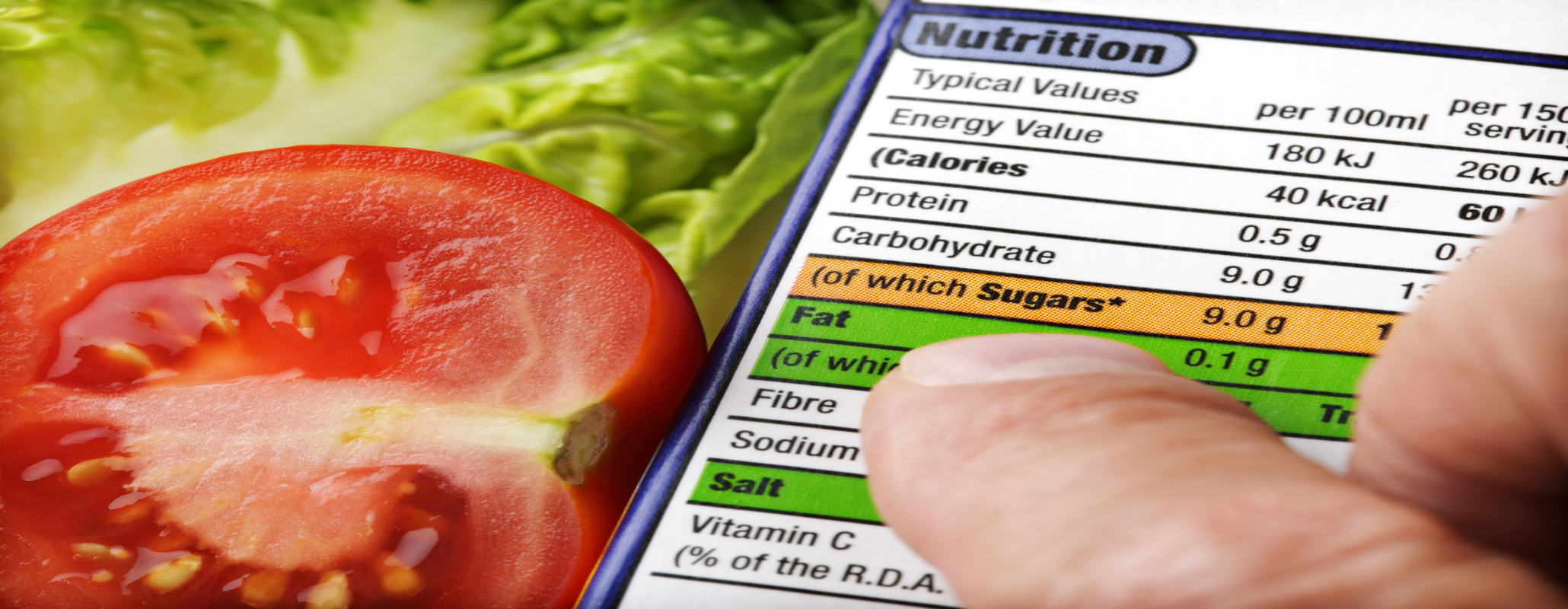Design Tips and Ideas for Creating Eye-Catching Food Labels

Why Food Label Design is Crucial
Designing food labels that catch the eye and communicate important information is crucial for any food product. Effective food label design can influence consumer choices, convey your brand values, and ensure compliance with regulations.
Food label design plays a significant role in attracting customers and conveying essential information. It’s not just about aesthetics; it's also about functionality and communication.
This guide provides you with tips, best practices, and innovative ideas to create food labels that stand out on the shelf.
Impact on Consumer Choices
A well-designed food label can significantly influence consumer purchasing decisions. An attractive and informative label can draw attention and persuade consumers to choose your product over others.
Reflecting Brand Values
Your food label is an extension of your brand. It should reflect your brand’s values and mission, whether that’s quality, sustainability, health, or innovation.
Core Components of an Effective Food Label

An effective food label includes various elements that provide important information and enhance the product’s appeal.
Brand Identity Elements
Your brand logo, colors, and fonts should be prominently displayed to ensure brand recognition and consistency.
Product Identification
Clearly state what the product is, including the flavor, variant, or specific type to avoid any confusion.
Nutritional Facts Panel
Include a nutritional facts panel that provides detailed information about the product’s nutritional content, as required by regulatory bodies.
Ingredients and Allergens
List all ingredients in descending order of quantity. Highlight any potential allergens to ensure consumer safety and regulatory compliance.
Usage Instructions and Expiry Dates
Provide clear instructions on how to use or prepare the product. Include an expiry date to inform consumers about the product’s shelf life.
Innovative Design Tips for Food Labels

Incorporating creative design elements can make your food labels more appealing and memorable.
Color Psychology in Food Labels
Choose colors that evoke the right emotions and associations. For example, green can suggest freshness and health, while red can imply excitement or spice.
Choosing the Perfect Typography
Select fonts that are easy to read and align with your brand’s personality. Avoid using too many different fonts to maintain a clean and cohesive look.
Incorporating Illustrations and Icons
Use illustrations and icons to add a visual appeal and communicate key features or benefits of the product quickly.
Enhancing Visual Appeal with Patterns and Textures
Incorporate patterns and textures to add depth and interest to your label design. This can make your product stand out on the shelf.
Best Practices for Food Label Creation
Following best practices ensures that your food labels are not only attractive but also functional and compliant with regulations.
Ensuring Regulatory Compliance
Make sure your labels meet all local and international regulations regarding food labeling. This includes nutritional information, ingredient lists, and any health claims.
Designing for Readability and Clarity
Ensure that all text on the label is legible and clear. Use contrasting colors and adequate font sizes to improve readability.
Maintaining Brand Consistency
Keep your label design consistent with your brand’s overall look and feel. This helps in building brand recognition and trust.
Selecting High-Quality Printing Materials
Choose durable and high-quality materials for printing your labels to ensure they look professional and withstand handling.
Case Studies of Successful Food Labels
Analyzing successful food label designs can provide valuable insights and inspiration for your own projects.
Examples from Leading Brands
Look at examples from leading brands to see how they incorporate brand identity, clear information, and creative design elements into their labels.
Food Label Design FAQs
What must be included on a food label?
A food label must include the product name, brand name, nutritional facts, ingredient list, allergens, usage instructions, and expiry date.
How do I make my food label appealing?
To make your food label appealing, use eye-catching colors, readable fonts, high-quality images or illustrations, and ensure the design aligns with your brand identity.
What mistakes should I avoid in food label design?
Avoid overcrowding the label with too much information, using hard-to-read fonts, and neglecting to include essential information like allergens and nutritional facts.
Why is the choice of label material important?
The choice of label material is important because it affects the label's durability and appearance. High-quality materials ensure the label remains intact and looks professional throughout the product’s shelf life.
Final Thoughts
Designing eye-catching food labels is a blend of art and science. By focusing on essential elements, incorporating innovative design tips, and adhering to best practices, you can create labels that attract consumers and convey important information effectively.

